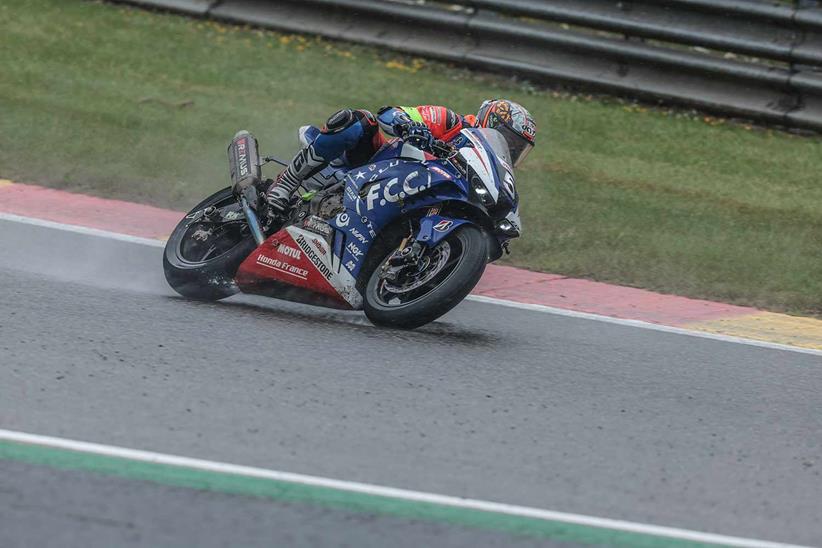EWC Big Read: Exclusive interview with Gino Rea
Fans have waited a long time to see a Brit in a factory Endurance World Championship team, but the wait is over. This season Gino Rea is racing for F.C.C. TSR Honda France and he’s already enjoyed some success.
Riding alongside Josh Hook and Mike di Meglio, Rea finished third in both the Le Mans 24-Hour and 24 Hours of Spa. The trio are second in the championship, 15 points behind Yoshimura SERT (Suzuki), whilst Honda are fifth in the Manufacturers’ Championship.
The move to HRC follows Rea’s successful 2021 BSB campaign, where he secured maiden victories with Buildbase Suzuki. He looked set to stay in BSB, but HRC came knocking.
“You just can’t say no to a factory contract with a manufacturer like HRC,” Rea admitted to MCN. “I’ve been racing a little while now and this is the first contract I’ve had with a factory and as a racer I’ve always aspired to be a world champion. Honda have given me a really good platform to fulfil that ambition.”
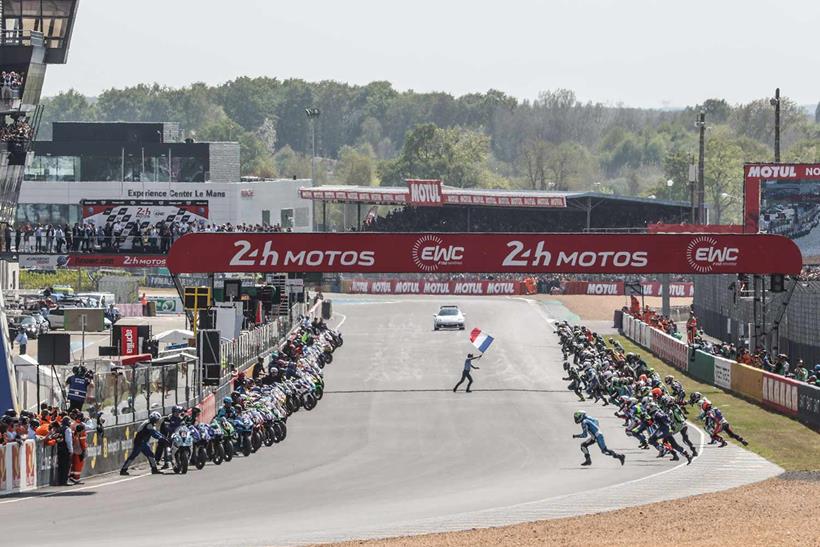
During his EWC appearances with the privateer Wojcik Racing Yamaha team, Rea secured second at the 2019 Bol d’Or. The Polish team finished fourth overall that season.
It’s just reward for Rea, who’s enjoyed success in many disciplines. He’s a European Superstock 600 champion and has podiums in WorldSSP, Moto2 and BSB and his move to the EWC will take fans back to the glory days of the 1990s, when two-time world champion Terry Rymer raced alongside Carl Fogarty and Steve Hislop for Team Kawasaki France.
Rymer won the Bol d’Or five times, as well as the Le Mans 24- Hour and Spa 24-hour on two occasions. Rymer is now Rea’s personal manager. Alongside Rymer, Brian Morrison (1996) and James Ellison (2003) have clinched the EWC title, but Rymer was the last British factory rider.
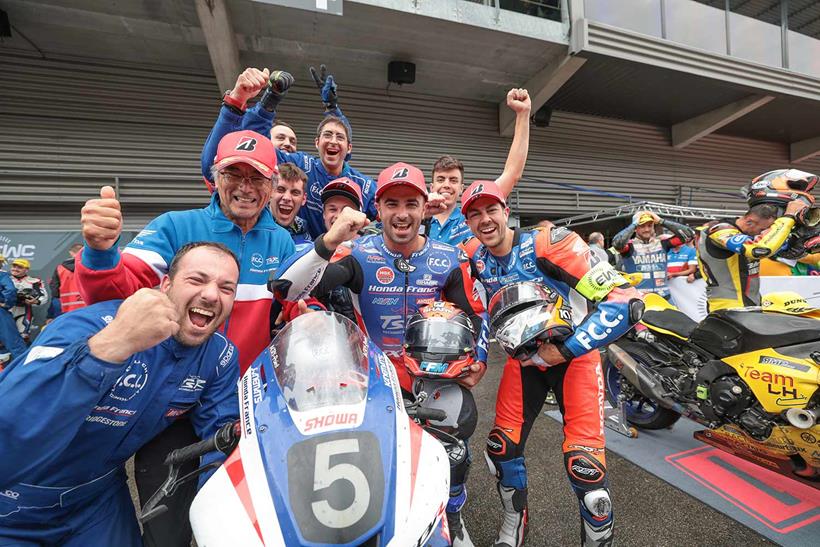
“EWC is getting more and more competitive each year and the credibility is growing because of the number of top-quality riders that are involved,” Rea continued.
“The factory teams are taking it more seriously too. For them, it’s a testament of how their bike performs and how reliable it is. Ultimately, if you win the EWC title, people will believe in your brand. They know it’s a great bike, one which combines performance with great reliability.”
At the Bol d’Or, riders are on full throttle for over 20 seconds down the back straight. That’s multiple hours of thrashing that the engine must cope with.
Indeed, EWC is competitive. Riders must be on the pace at all times in order to stay with the leading pack. Over the course of an 8, 12 or 24-hour event, every tenth lost can add up to a huge deficit by the end of the race. If you lose time in one stint, it’s difficult to make up later in the day.
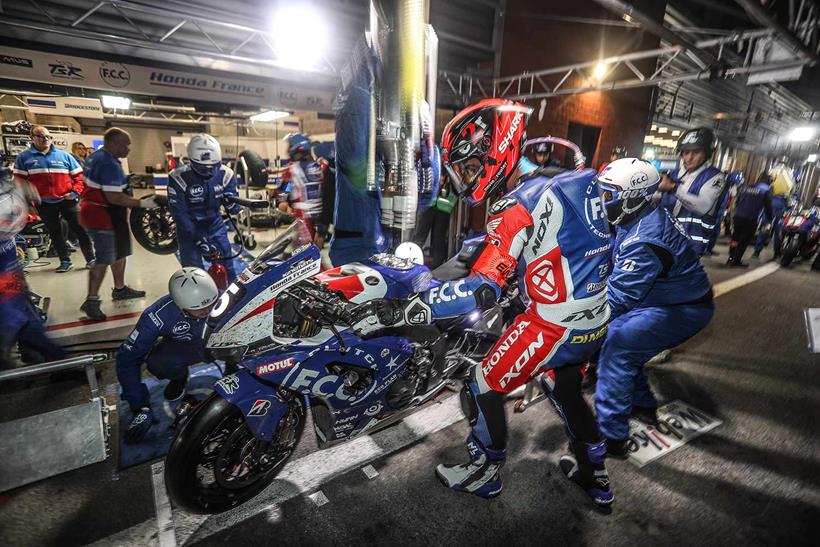
“Five or ten years ago people thought that when you did endurance, you rode around at 80-85% of what you’re capable of, but it’s just not like that anymore. Everyone is fighting for every inch of track, and you’re doing every stint like a race,” Rea continued.
It’s not only the bikes that have a tough time; endurance racing also pushes the human body to the limit. Racing in a 40-minute GP is one thing, but endurance racers are doing 50-60-minute stints, having relatively short rest periods, and then heading back out again. In all conditions. Day and night.
Riders must eat and drink correctly, go through physio and massages, and rest, but not for too long, in order to make it through. Tiredness will be an issue.
“It’s strange, it’s two or three in the morning, it’s pitch black, but you’re going out to ride a bike at 200mph+ down the back straight at the Bol. Fortunately, the brightness of the floodlights, headlights, and dashboard help.

“The body takes a battering. You’re constantly using all of your muscles, whilst concentration
is also key. It’s not just going as fast as you can, there are so many other riders out on track who are at different levels.
“You have factory and privateer teams, and others who can be two, five, even six seconds slower than the leaders, so when you approach them, you approach very quickly. It’s about making the right decision and being prepared for all conditions.”
The riders also have to deal with riding at sunset, night, and sunrise, and can be caught out with a clear visor after riding through the night.
The lighting available varies from track to track, with some corners at the Bol d’Or in complete darkness, making it hard for the riders to hit their apex. It’s common for riders to turn in too soon and find themselves on the inside kerb, as their regular reference point has been taken away. This is just another thing riders must adjust.
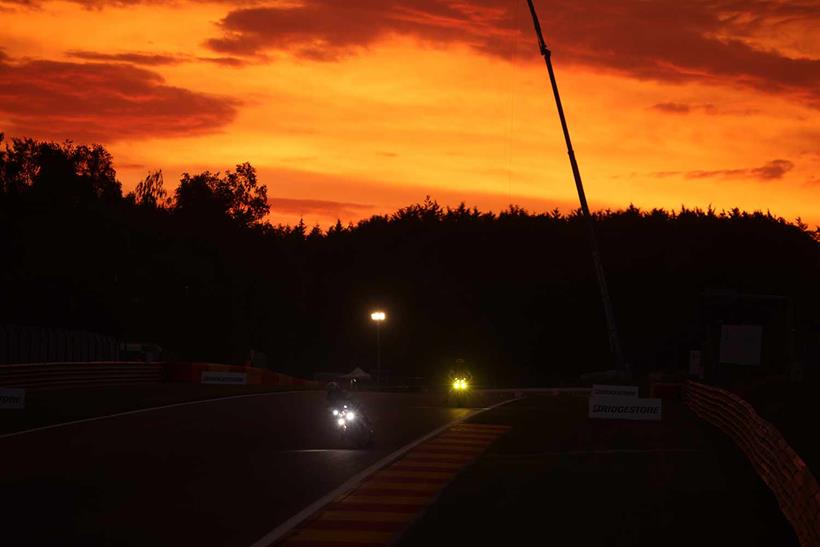
“It’s brutal riding in the dark, but the atmosphere is great. At Le Mans one year, it was 4am and there was just yellow smoke everywhere. You can’t get away from the noise, even in the paddock with ear plugs in. All you hear is engines on their rev limiters and people doing burnouts.”
The series visits some historic circuits, none more so than Suzuka for the infamous 8-hour event. WSB, BSB, and even MotoGP can come and join the party, with Valentino Rossi and Colin Edwards winning for Honda in 2001.
“It’s incredible how seriously the factories take Suzuka, you don’t realise until you go there and see it yourself, how it’s looked upon by the Japanese factories as a MotoGP race. It has so much history and the Japanese fans are so passionate and excited to see us there.”
Who knows, if all goes well for Rea at Honda, we might see a British EWC round one day.
Aspects of Endurance Racing
Bike Spec
Rea’s Honda races on Bridgestone tyres. The tyre has high grip levels, and its carcass is really hard. In order to get the tyre to work, the Fireblade’s chassis has to be much stiffer than its other racing counterparts. The swingarm is specific to the tyre, whilst Rea’s bike has Showa suspension and a 24-litre fuel tank. The minimum bike weight, minus the fuel tank, is 168kg.
Gino Says: “We start with an HRC kit electronic system and develop it from there. Our engine is factory spec, but isn’t fully tuned for performance as we need the reliability.”
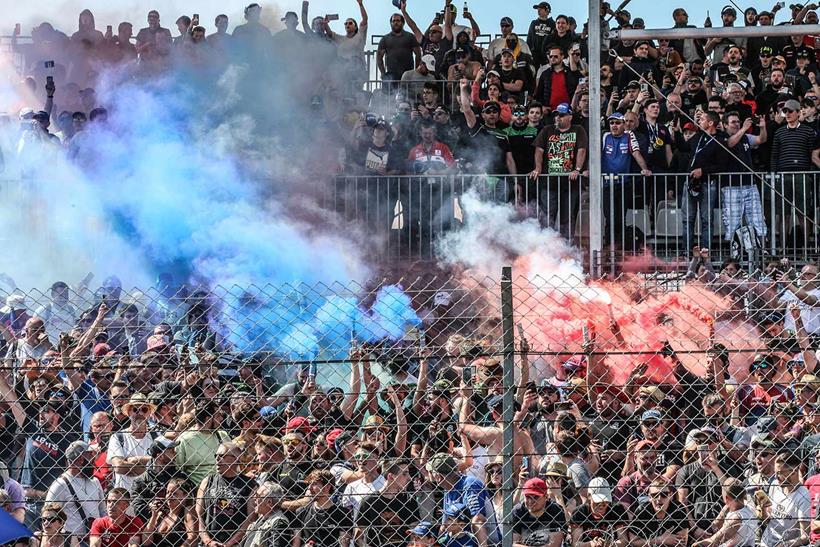
Food & Drink
Riders need to keep themselves energised. After making the mistake of eating heavy, spicy food during his maiden venture, Rea now sticks to clean, light meals such as chicken and rice or pasta. He eats small meals, but often. Riders have energy drinks in powder form, protein recovery drinks, electrolyte and carb drinks on hand.
Gino Says: “Carbohydrate drinks are good because you don’t have to digest the carbs from the food, instead you take it in liquid form which can be easily digested by the body. You need to be careful with the brands you use and the ingredients. You do not want an upset stomach!”
Sleep
Some riders sleep more than others, whilst some try not to sleep at all. Rea likes to have 15-20-minute power naps in-between night sessions, resting his eyes and clearing his mind. It’s a balancing act for riders as too much sleep can lead to riders waking up feeling more tired than before.
Gino Says: “By the time you’re out of leathers, had physio, sorted your gear, eaten and had a little rest, it’s time to get suited. You must be ready early in case something happens to the rider before.”
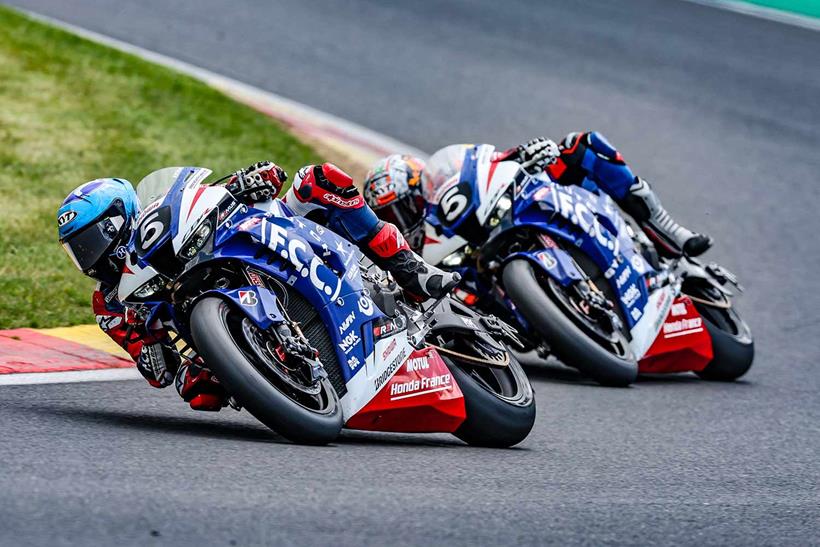
Stints
Each team has a red, blue, and yellow rider (1,2,3) which designates who goes out when. Each stint is a full tank of fuel. Each team calculates how many laps their rider can do on a tank, and will show a countdown on the pit board. Once the fuel light turns on, the rider will pit and end his stint.
Gino Says: “The length of the stint can depend on your riding style, how you open the throttle and treat the tyres. Safety cars and wet conditions can lead to longer stints, as you’re not using as much fuel.”
Race Starts
The bikes are parked at an angle next to the pit wall, with an engineer holding them upright, with riders on the opposite side of the circuit. The bikes are in gear, but the engines are off. Once the countdown hits zero and the starter’s hand is dropped, the riders sprint across to their bikes, jump on, fire up and go.
Gino Says: “It’s tense. All you hear is the timer counting down. Everybody is just waiting for that hand to drop. The moment you see his hand go, that’s it, you’re running, praying that your bike starts quickly.”







